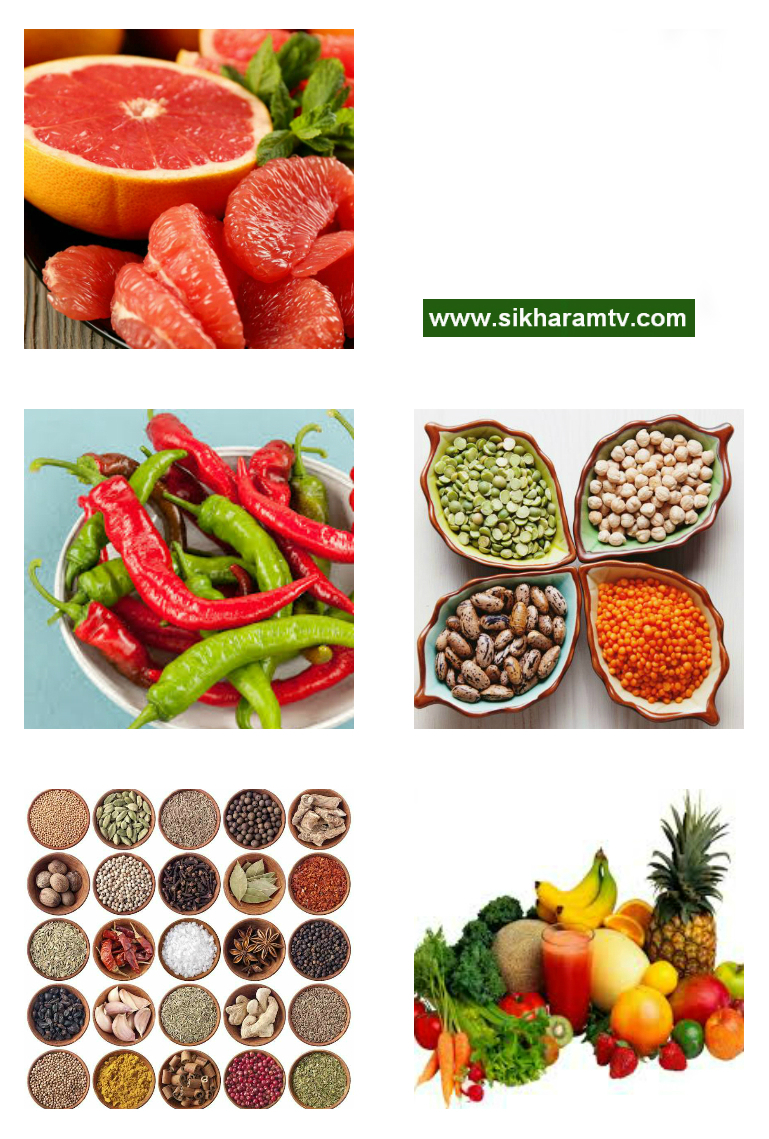1.Grapefruit (and citrus,in general)
The grapefruit, arguably the most despised fruit of the citrus family, might hold the key to treating metabolic diseases, dealing with obesity, and lowering levels of fat. The compounds naringin and naringenin – particularly the latter – are abundantly present in this pink, bitter delight. Naringenin, which is also the culprit behind the grapefruit’s unique taste, has been scrutinised for the past decade for its impact on obese adipose tissue. Although there is a need for more human trials that focus on its impact on weight management, so far, the current data alongside the results from cardiovascular research show great promise.
There is indisputable evidence with respect to grapefruit’s impact on blood cholesterol and its beneficial effect on insulin resistance, both of which play a significant role in maintaining a healthy weight. And this is not even counting the strong anti-inflammatory properties of all the flavonoids contained by grapefruit, nor their potent effect in reducing oxidative stress and free radical damage.
2.Hot peppers (capsaicin)
Capsaicin, the active component of chilli peppers, has been directly correlated with abdominal fat loss in humans. Although there are a host of clinical studies that reported inconclusive data over the past twenty years, the most recent, double-blind, randomized and placebo-controlled trial proved the fat burning effect of capsaicin beyond any doubt. Peppers (jalapeño, habanero, serrano, bird’s eye, any sort is good as long as it’s the spicy kind) are known to supress energy intake, modify macronutrient intake by means of appetite, increase brown adipose tissue activity, and modulate your gut microbiome (through a bacteria called Akkermansia uciniphila) so that your body can respond better to dietary sugar and fat.
You can even get some capsaicin from Cayenne pepper, hot pepper sauce (such as tabasco), and mustard, curtesy of the pepper seeds it’s made from. A significant aspect of eating peppers is that you should never exaggerate, since this will have unpleasant effects. More importantly, you should not consume them in combination with milk products, since casein, the main protein found in dairy, is a capsaicin inhibitor.
3.Pulses (all types of dry beans,chickpeas,lentils,dry peas)
The latest systematic review and meta-analysis of randomized control trials has shown that an increased consumption of whole dietary pulses reduces body weight, as well as waist circumference. Pulses are dry, edible seeds that belong to the legume family. Overall, there are 11 types of pulses (certainly enough to provide for a good variety in meals) and they include all types of dry beans (kidney, garbanzo, fava, navy, pinto, black, etc.), dried peas, chickpeas, and lentils. The reduction in weight and weight circumference took place even in neutral energy conditions, without the subjects ever having to restrict their caloric intake.
The previous findings that associated bean consumption with a 22% smaller chance to become obese were also confirmed in this study. By the way, pulses, and chickpeas in particular, have an outstanding amount of protein (19 g per 100g), which makes them an excellent replacement for meat, as well as any processed animal products.
4.Spices (turmeric,ginger)
Without a doubt, the star of Indian cuisine is turmeric. There is good reason for this regional association, since the plant is native to the climate of the Middle East and South-East Asia. Curcumin, the active ingredient in the turmeric root, has a multitude of health benefits, weight loss included. In fact, there were numerous trials conducted on the benefits of curcumin intake on metabolic disorders. The first way that curcumin works towards burning fat is by reducing the amount of blood sugar and cholesterol. Additionally, curcumin was shown to prevent the accumulation of fat in the liver, as well as under the skin.
To maximize the weight loss benefits of turmeric, people often combine it with ginger. Eating ginger regularly was proven to help regulate satiety, improve food thermogenesis, as well as increase metabolic rate and fat oxidation, although not to the same extent that chilli consumption does.
5.Fruits,vegetables,and whole foods
The single, most impactful secret food(s) you can eat to promote long-term weight loss are fruits and vegetables. Harvard recommends that ½ of everything we eat should be fruits and veggies, with an approximate ratio of 40 to 60 in favour of the greens – take note that fries don’t count as veggies, despite them technically being one. The remainder should be comprised of equal parts whole grains and healthy protein. These two food categories must be used to replace low-quality foods, such as sugar-sweetened beverages, refined (white) grains, highly processed snacks, refined sugar, deep fried foods, as well as items that are high in saturated and trans fat.
Increasing consumption of vegetables and fruits (a minimum of one extra serving per meal) was associated with the most impressive six-month weight loss (as opposite to increasing dairy or fibre intake) in a trial that had over 800 successful participants and lasted over 4 years. These findings from the late 2000s were just recently confirmed by a new study published in the JAMA network, which saw participants lose an average of 11 to 13 pounds over a 12-month period. Some of them experienced incredible weight changes of up to 50 or 60 pounds. Talk about secret fat burning foods.











No comments:
Post a Comment